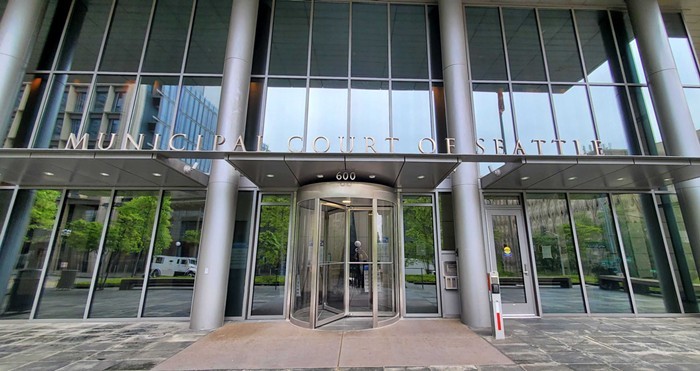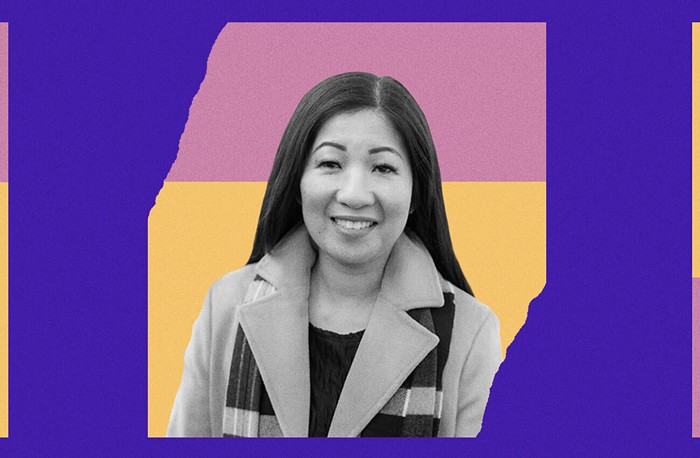Developers like Uwajimaya Inc., the folks who are building the International District's first mall, are also bringing spacious apartments and condos to the neighborhood. Some think this is good news. The I.D., Seattle's historic Asian district, is currently speckled with unlivable old brick buildings.
The neighbors think poverty has trapped them in a ghetto. So, they made a plan to save the I.D. The plan calls for sprucing up the local housing supply to attract richer people. The city is following through on the neighborhood plan by giving tax breaks to developers who build apartments and condos in the I.D. Developers get out of paying property taxes on residential construction if they build mixed-income apartments. They can rent 75 percent of the apartments at market rate (generally above $1,000 per month).
Obviously, the bait is working. Already, five developers, including Uwajimaya and its partner, Lorig Associates L.L.C., are taking the city up on its deal. More than 400 new apartments are on their way.
The problem is that bringing in fancy condos and higher-wage earners is bound to drive out the current residents. The people who live in the I.D. are extremely poor. The neighborhood's most recently reported median income was a shocking $6,674 a year in 1990, just a sixth of Seattle's median income at the time.
What does this median look like? Choi Sim Lee. The 83-year-old woman moved to her subsidized apartment on Weller Street 21 years ago, after immigrating to the I.D. from China. Now, Lee's just one of the many poor residents who could easily be driven out by gentrification.
Indeed, the tragic effect is that the plan to bring in ritzy housing voids out the neighborhood's other goal. This goal, at least as important as the first, is to preserve affordable housing for people like Lee.
Unfortunately, the city has balanced the neighborhood's two conflicting goals--to add market-rate housing and protect low-income apartments--by fudging the second. The city's definition of affordable rent is out of place in the I.D. By city rules, developers are required to reserve a quarter of their apartments for people making up to 80 percent of Seattle's median ($33,450 for one person). So, while Uwajimaya is getting a $207,000 tax break from the city to build 176 apartments, the company can charge more than $900 for an "affordable" studio.
"What they're doing is they're using the jargon of mixed-income to justify putting up a lot of market-rate housing," says advocate Stella Chao, executive director of the International District Housing Alliance.
Even some developers don't think the city's tax-exemption program meets the neighborhood's preservation goals. "I don't know if this program's going to result in more affordable housing," says Mark Raabe, president of the Fortune Group, which has developed a property-tax-exempt project on Capitol Hill and was approved to build one in the I.D.
Thankfully, the city intends to change the rules of the program so that I.D. projects will have the same, stricter requirements now used in Pike-Pine. This would mean that 40 percent of a project's apartments would rent to people making only up to 60 percent of the median. Apartments would be a couple hundred dollars cheaper than by the current standard.
While this adjustment is a good move, it's not going to stop the upscaling shift that's already started. For one thing, the four projects with 415 apartments that were approved in the I.D. have already qualified for the city's original tax bargain. Worse, the bottom line is that most I.D. residents make nowhere near $27,660, the yearly salary of one person making 60 percent of the median income.

















